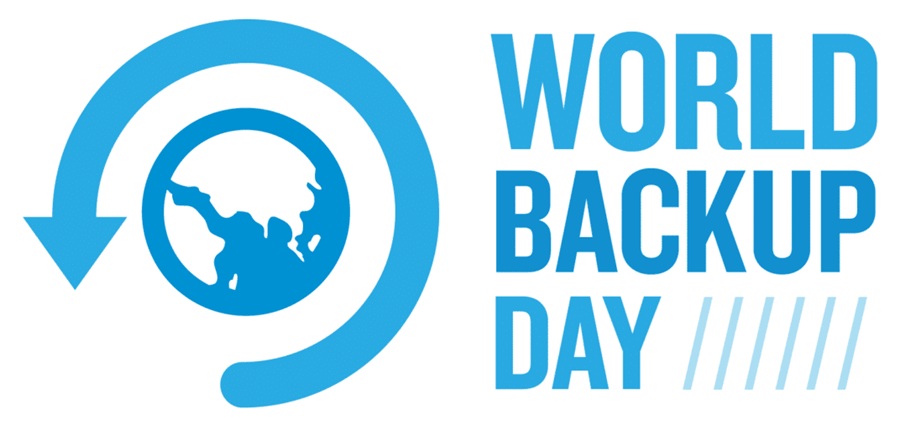When the powers that be decided that March 31 was going to be World Backup Day in 2011, it was meant to be a joke. Why? The next day is April Fool's Day … Lose your data and the best case scenario is, well, you know the word — but at worst, it is game over. And so World Backup Day has traditionally carried a very simple yet powerful message for businesses: Backup. Your. Data.
A large part of this backing up, is "data redundancy" — the idea that storing multiple copies of data in separate locations will offer greater resilience in the event of an outage or network security breach. Yet, as workloads have moved into the cloud, and AI and SaaS applications have become dominant vehicles for productivity, the concept of "redundancy" has started to expand.

Contingency Cloud Connectivity
A study in 2023 found that 94% of enterprises use cloud services, which is hardly surprising, and 67% of enterprise infrastructure is now cloud-based. Given this reliance on virtualization, connectivity has become mission critical.
Businesses not only need contingency plans for their data, but contingency plans for their connectivity. And so relying on a single-lane, vendor-locked connectivity pathway is a bit like only backing your data up in one place — once that solution fails, you guessed it — it's game over.
In 2025, roughly 85% of software used by the average business is Software as a Service (SaaS)-based, with a typical organization using 112 apps in their day-to-day operations. These cloud-based applications are wholly dependent on connectivity to function, and even minor slow-downs caused by congestion or packet loss on the network can kill productivity. A study we conducted found that downtime caused by poor connectivity can add up to an average of 46 minutes a week, or simply put 35 hours per year. That productivity cost can vary between $5,600 — $9,000 per minute depending on your company size and industry, according to Atlassian. The old adage rings true for downtime — time is money.
Faster Isn't Necessarily Better
This is even more true of AI-driven workloads, where businesses depend on low-latency, high-performance connectivity to generate real-time or near real-time calculations. Over the years, we have been programmed to believe that faster connectivity = better connectivity, but the reality is far more nuanced. IT decision-makers frequently chase faster connections to improve their SaaS or AI performance, but 82% severely underestimate the impact of packet loss and the general performance of their connectivity.
This is what some refer to as the "Application Performance Trap" — expecting a single, lightning-fast connection to solve all performance issues. What's more many enterprises also use the public Internet to connect to SaaS and AI applications, but the public Internet was never designed to handle today's ultra-low-latency workloads. So what happens if that connectivity pathway becomes congested, or worse, fails entirely?
When Redundancy Is a Good Thing
This is why "redundant" connectivity is essential. The main principle of redundancy in this context is that there should always be at least two paths leading to a destination — if one fails, the other can be used. This can be achieved by using a carrier-neutral Internet Exchange or IX, which facilitates direct peer-to-peer connectivity between businesses and their cloud-based workloads, essentially bypassing the public Internet. By establishing direct connectivity for SaaS and AI applications, enterprises benefit from low and predictable latency, enhanced stability and much faster data transmission that cuts jitter.
While IXs in the US were traditionally vendor-locked to a single carrier or data center, neutral IXs allow businesses to establish multiple connections with different providers — sometimes to serve a particular use-case, but often in the interests of redundancy. Our research has shown that more than 80% of IXs in the US are now data center and carrier neutral, presenting a perfect opportunity for businesses to not only back up their data, but also back up their critical connectivity this World Backup Day — avoiding any glitches on April 1.
